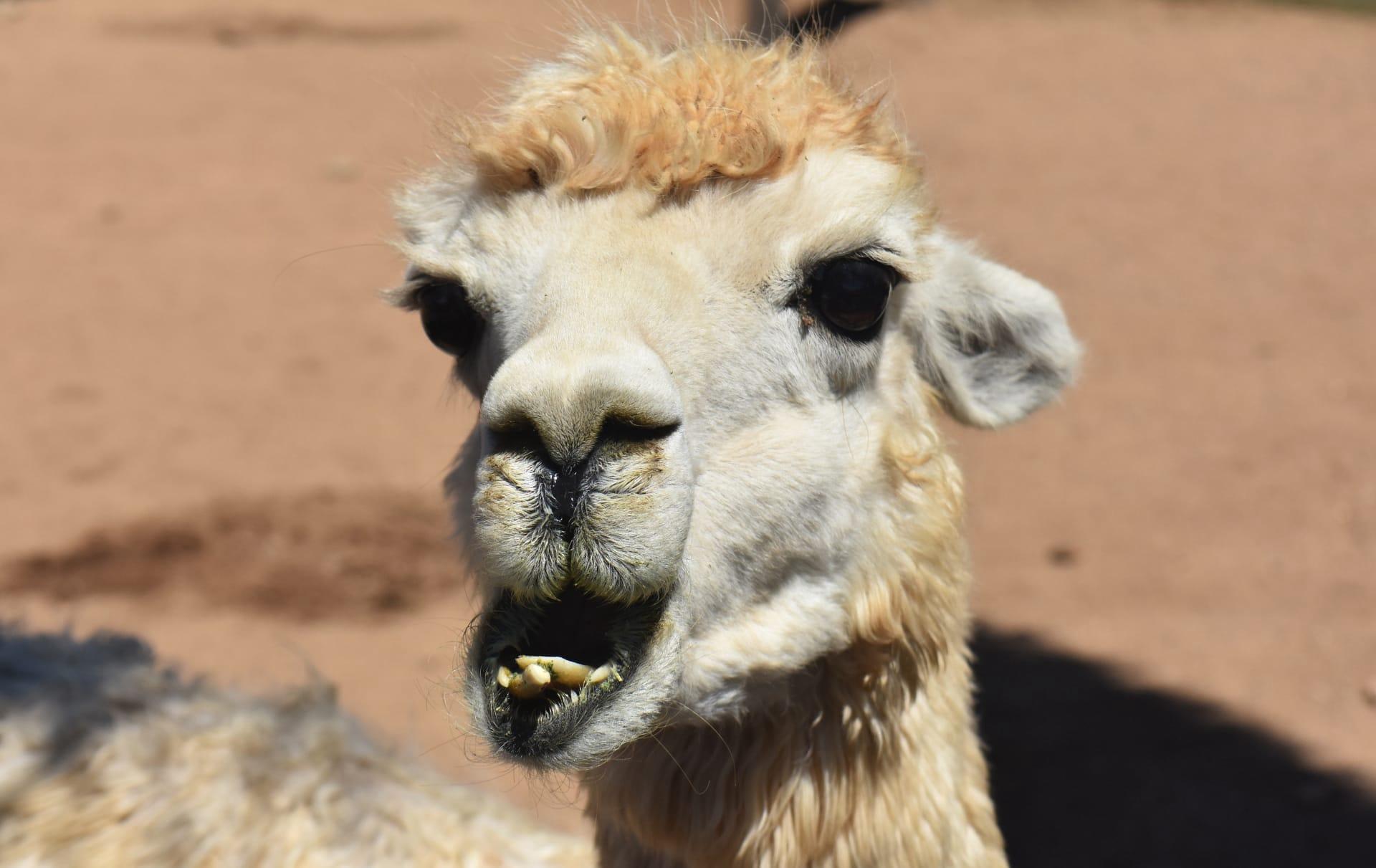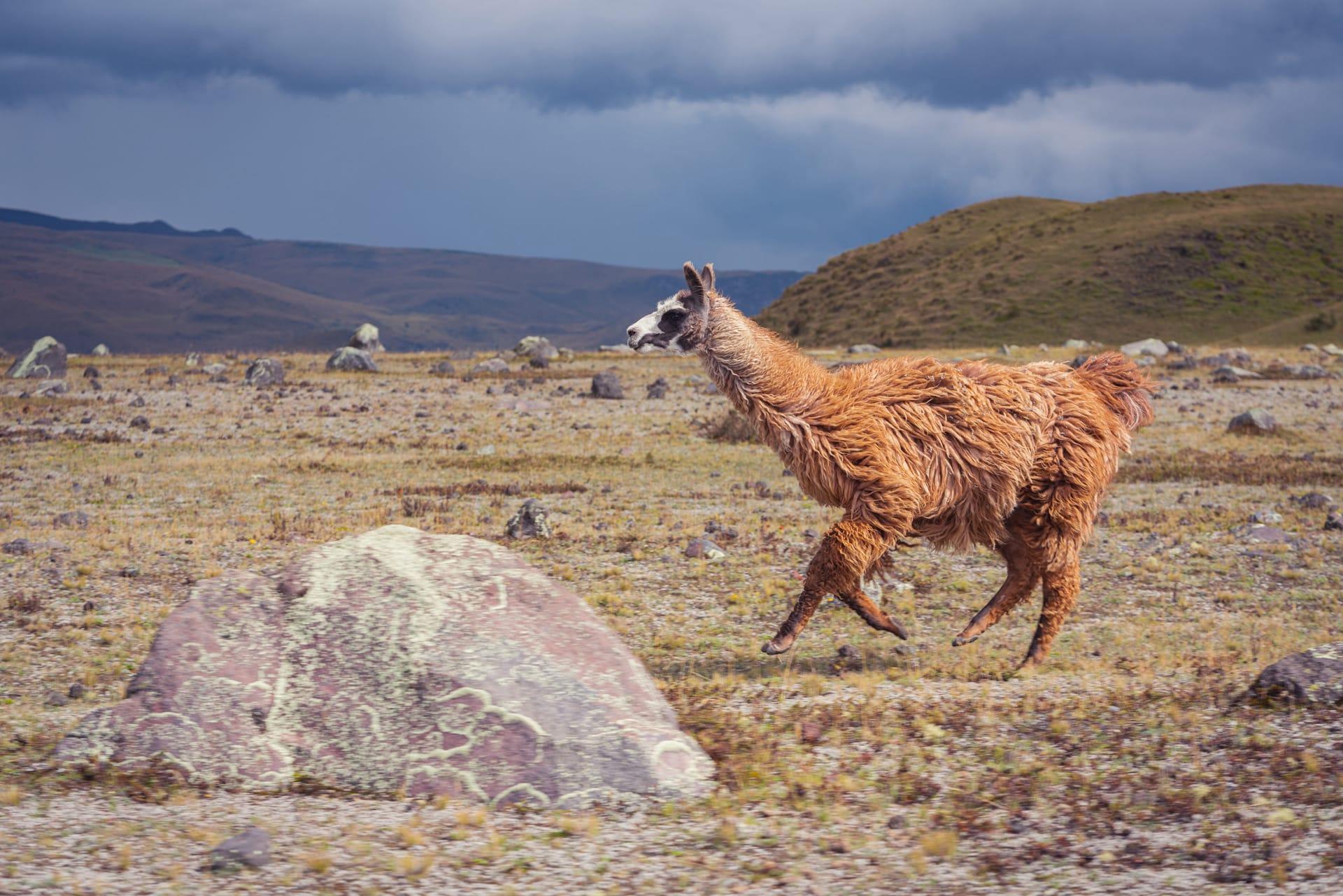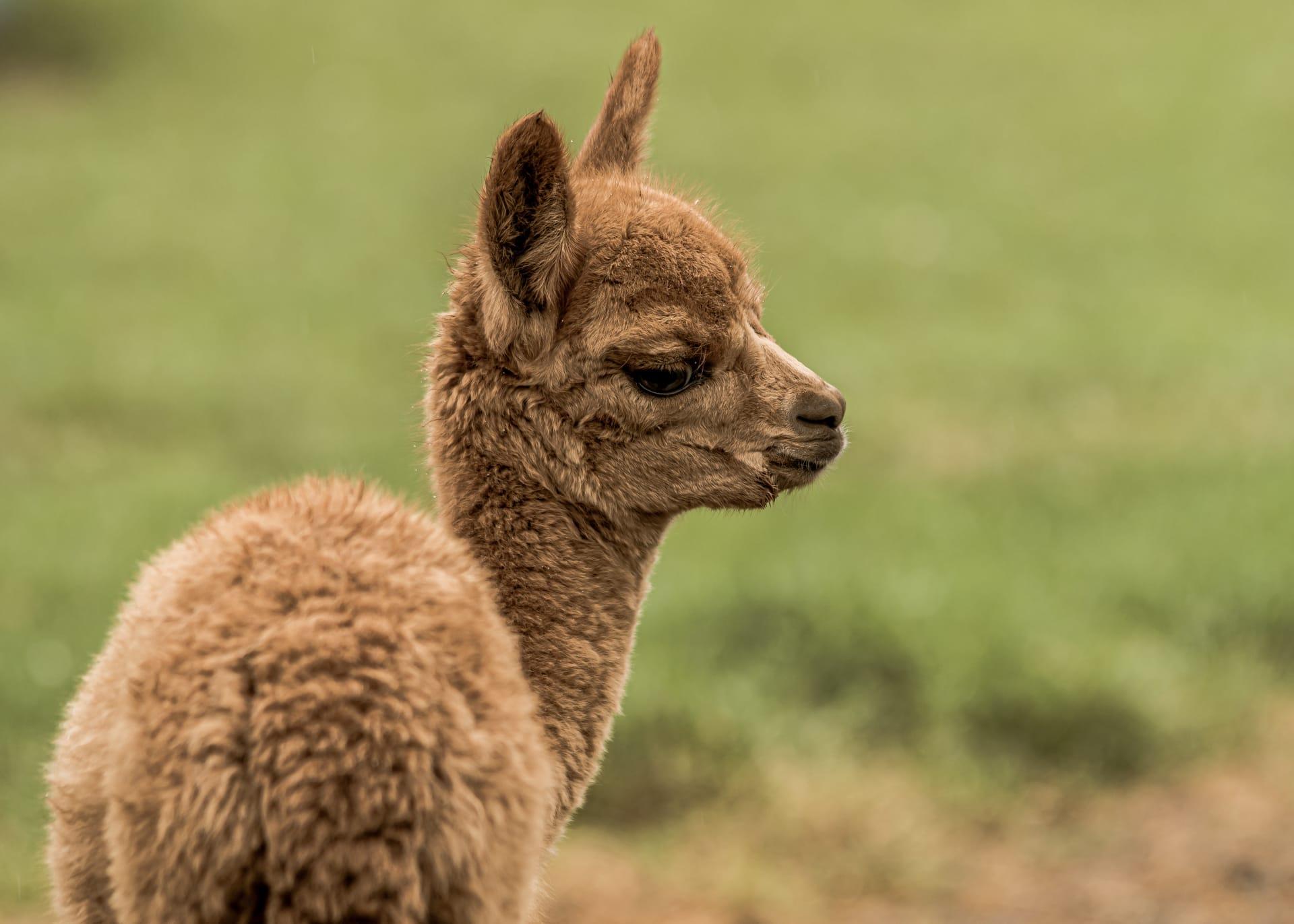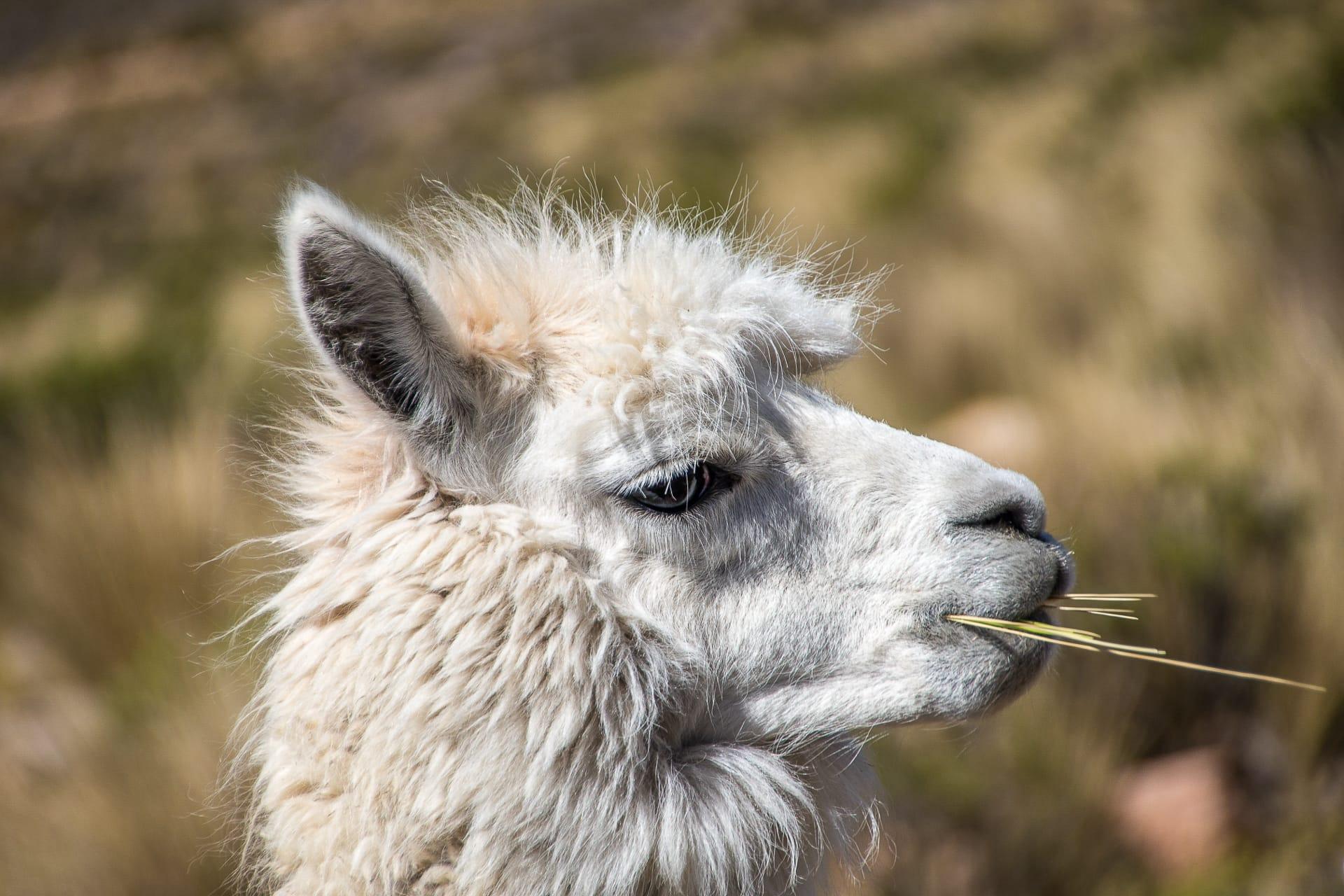Llama
- Home /
- Mini Encyclopedia /
- Animal /
- Llama
1
Llamas, scientifically known as Lama glama, are fascinating creatures belonging to the camelid family. This classification places them alongside camels and their close relatives, alpacas, vicuñas, and guanacos. Originating from the central plains of North America about 40 million years ago, llamas migrated to South America during the Great American Interchange approximately three million years ago. Today, they are primarily domesticated animals, having been bred by the indigenous people of the Andes Mountains in South America for thousands of years.
Llamas are predominantly found in the Andean regions of Peru, Bolivia, Ecuador, Chile, and Argentina. Their adaptation to high altitudes makes them well-suited to the rugged mountainous terrain, where they graze on grasses and other vegetation. In these areas, they are often seen at elevations ranging from 2,500 to 4,000 meters above sea level. However, due to their hardiness and versatility, llamas have been introduced to other parts of the world, including North America, Europe, and Australia, primarily for their wool, as pack animals, and as unique pets.

2
Question: Do llamas really spit at people?
Answer: The common belief that llamas are frequent spitters is a bit of a misconception. While it's true that llamas can spit, they usually reserve this behavior for specific situations. Spitting is primarily a defense mechanism or a way to assert dominance within their social hierarchy, often used against other llamas. When they do spit at humans, it's typically because they feel threatened or are accustomed to being hand-fed, which can lead to aggressive behavior. The spit of a llama, a blend of chewed food and saliva, can reach distances of up to 10 feet, but such instances are relatively rare in well-socialized and properly treated llamas.

3
Llamas have developed several strategies to survive in their native rugged Andean environment. One of their key survival traits is their efficient digestive system. Llamas are ruminants with a three-chambered stomach, which allows them to extract maximum nutrients from the sparse vegetation available at high altitudes. This adaptation enables them to thrive on limited food resources.
Another survival strategy is their thick wool, which protects them from the extreme temperature fluctuations in the mountains. Their wool, ranging in color from white to black with many shades in between, provides excellent insulation against the cold. Additionally, llamas have large, padded feet that are well-adapted to navigating the rocky and uneven terrain of the Andes, reducing their risk of injury and enhancing their mobility.

4
In the ecosystem, llamas play a significant role, particularly in their native Andean regions. As herbivores, they contribute to the management of plant life by grazing. Their feeding habits help control the growth of grasses and other vegetation, which can prevent overgrowth and maintain a balanced ecosystem. Llamas also serve as prey for local predators, playing a part in the natural food chain.
Furthermore, llamas have an ecological role through their manure, which is used as a natural fertilizer by local farmers. This manure enriches the soil, promoting the growth of crops and helping to sustain agricultural practices in the region. Additionally, llamas are important for their cultural and economic impact, being integral to the livelihood of many indigenous communities in South America. They provide wool, meat, and are used as pack animals, contributing to the local economy and culture.

5
Film: "The Secret Life of Llamas," produced in the United States in 2018, is a captivating documentary that delves into the world of llamas. This film offers an intimate look at these animals, exploring their behavior, social dynamics, and the unique relationship they share with the people of the Andes. It highlights the importance of llamas in South American cultures and their adaptation to the harsh environments of the highlands.
Book: "Llamas and Alpacas: A Guide to Management," authored by Gina Bromage, published in the United Kingdom in 2010, provides a comprehensive overview of caring for these animals. It covers topics like breeding, feeding, health care, and the uses of llamas and alpacas in modern society, making it an invaluable resource for owners and enthusiasts.
Book: "The Llama's Secret: A Peruvian Legend," written by Argentina Palacios and published in the United States in 1996, is a beautifully illustrated children's book. It retells a traditional Andean tale about a llama who saves a village from a great flood. This book not only entertains but also introduces young readers to Andean culture and the significance of llamas in indigenous folklore.